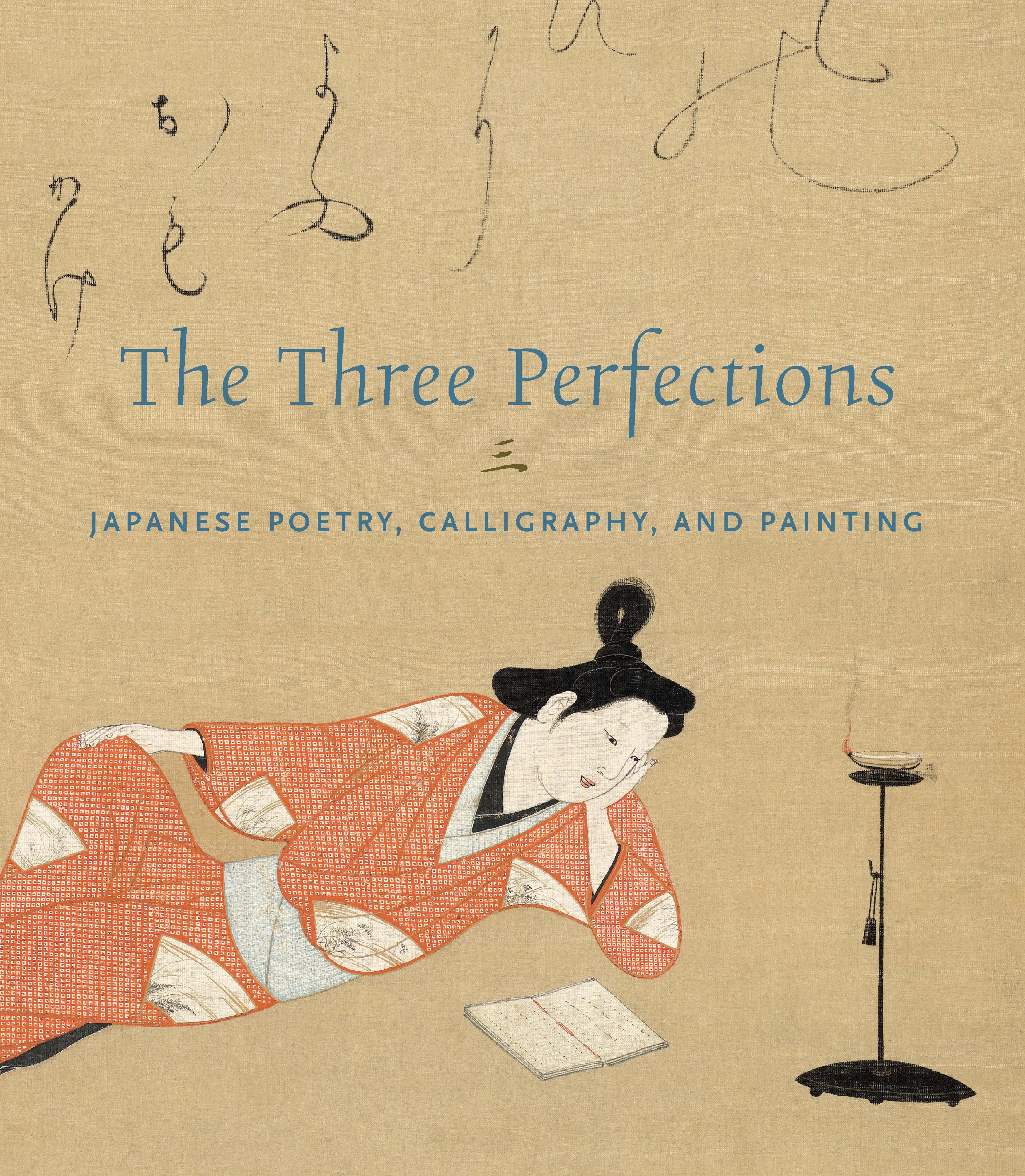Sumiyoshi Taisha Screen
This lavish folding screen presents an idealized, dreamlike depiction of Sumiyoshi Grand Shrine, originally dedicated to the Shinto deities (kami) who were believed to protect seafarers of all ilk, including merchants and even ambassadors to China. According to legend, the shrine, located in Osaka, was founded in the early third century during the reign of Empress Jingū—who, in her deified form, has long been worshipped there.
From early on, Sumiyoshi was associated with classical Japanese literature. In the eleventh century, it served as the setting for scenes involving the Akashi Lady in Murasaki Shikibu’s Tale of Genji. Tawaraya Sōtatsu (1570–1640) famously depicted a scene from the “Channel Markers” (Miotsukushi) chapter, relating the Akashi Lady’s pilgrimage to offer prayers to the deities.
From early on, Sumiyoshi was associated with classical Japanese literature. In the eleventh century, it served as the setting for scenes involving the Akashi Lady in Murasaki Shikibu’s Tale of Genji. Tawaraya Sōtatsu (1570–1640) famously depicted a scene from the “Channel Markers” (Miotsukushi) chapter, relating the Akashi Lady’s pilgrimage to offer prayers to the deities.
Artwork Details
- 住吉大社図屏風
- Title:Sumiyoshi Taisha Screen
- Artist:Unidentified artist
- Period:Edo period (1615–1868)
- Date:early 17th century
- Culture:Japan
- Medium:Six-panel folding screen; ink, color, silver, and gold leaf on paper
- Dimensions:Image: 68 7/16 in. × 11 ft. 9 in. (173.9 × 358.2 cm)
Overall with mounting: 71 1/16 in. × 12 ft. 3 5/8 in. (180.5 × 375 cm) - Classification:Paintings
- Credit Line:Mary and Cheney Cowles Collection, Gift of Mary and Cheney Cowles, 2024
- Object Number:2024.412.5
- Curatorial Department: Asian Art
More Artwork
Research Resources
The Met provides unparalleled resources for research and welcomes an international community of students and scholars. The Met's Open Access API is where creators and researchers can connect to the The Met collection. Open Access data and public domain images are available for unrestricted commercial and noncommercial use without permission or fee.
To request images under copyright and other restrictions, please use this Image Request form.
Feedback
We continue to research and examine historical and cultural context for objects in The Met collection. If you have comments or questions about this object record, please contact us using the form below. The Museum looks forward to receiving your comments.
